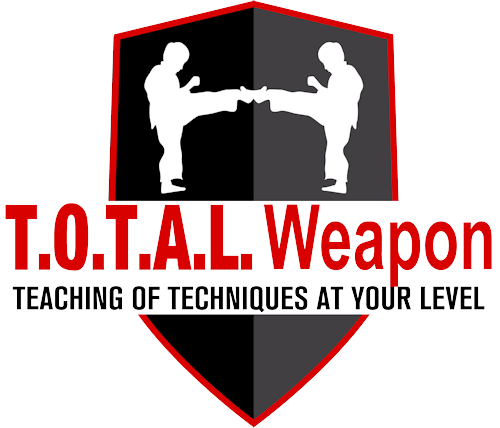In the wake of a series of tragic mass shootings, the debate surrounding an assault weapons ban has been reignited. However, the term “assault weapon” itself can be ambiguous. Among the firearms at the center of this debate is the Armalite Rife Model 15, Better known as the AR-15, which stands as a focal point of contention. With over 3.3 million units sold in the U.S., the AR-15 has become emblematic of the broader conversation.
Before diving into the intricacies of assault weapons, it’s crucial to establish a shared foundation of terms related to firearms. Effective communication necessitates a common understanding, making it pertinent to outline several key concepts in the realm of firearms that may be unfamiliar to some.
- Single Shot: A single-shot firearm mandates reloading after each shot. These weapons are time-intensive to operate and often find utility in competitive or long-range shooting.
- Bold Action: Bolt action rifles require the manual manipulation of the bolt to eject a spent round and chamber the new round
- Lever Action: Lever action rifles, historically known as repeating rifles, require users to manipulate a lever to eject spent cartridges and load fresh rounds.
- Semi-Automatic: Semi-automatic firearms discharge a single round per trigger pull. They’re equipped with magazines or clips capable of holding multiple rounds.
- Full-Automatic: Fully automatic firearms allow sustained firing as long as the trigger is held or ammunition remains. These weapons were restricted from civilian sale in 1986.
Having established these foundational terms, let’s delve into what constitutes an assault weapon and what doesn’t.
Assault Rifle

Illustrated here is the M4A1, an example of an assault rifle. It is crucial to distinguish an assault rifle from an assault weapon. The M4A1 fires the 5.56 NATO round and can achieve nearly 950 rounds per minute in fully automatic mode. Notably, this type of firearm was prohibited from civilian sales in 1986.
Machine Guns

Displayed here is the Browning M2 Machine Gun, often referred to as the MA Deuce. This weapon fires a .50 caliber round and qualifies as a machine gun, not an assault weapon. Machine guns are typically bulkier than assault rifles and accommodate belt-fed ammunition. They often utilize bipods or tripods for stability, firing at a rate surpassing 600 rounds per minute. These, too, were barred from civilian purchase in 1986.
Ranch Rifles

The Ruger ranch rifle, shown here, operates on the .223 Rem/5.56 round. It’s a semi-automatic rifle, incapable of fully automatic fire. A single trigger pull results in one round being discharged, and subsequent rounds necessitate releasing and re-activating the trigger. It doesn’t exceed the firing rate determined by the trigger speed. This rifle, known as a “range rifle,” is not classified as an assault weapon.
Defining an Assault Weapon

Lastly, the AR-15 is depicted here. It fires the .223 Rem/5.56 round and, like the Ruger AR-14, operates in semi-automatic mode. Its firing mechanism mirrors that of the Ruger AR-14. The crux of differentiation between the two is not functional but aesthetic. Despite having the same specifications and interchangeable magazines, the AR-15 is labeled an assault weapon.
Decoding the Discrepancy
At first glance, the specifications of the Ruger and AR-15 seem indistinguishable, even sharing interchangeable magazines. So, what elevates the AR-15 to an assault weapon status while the Ruger remains a range rifle?
The key factor lies in appearance. In 1994, Congress passed the “Assault Weapons Ban.” It was during this period that the concept of an assault weapon materialized. Weapons with military-style features such as collapsible buttstocks, pistol grips, and flash suppressors were labeled assault weapons primarily due to their intimidating appearance. The ban didn’t hinge on factors like muzzle velocity or lethality, but solely on visual aspects.
Implications and Media
Media outlets often label firearms as assault weapons, but functionally, they operate like any other semi-automatic firearm, discharging one round per trigger pull. These weapons are distinct from assault rifles, exclusive to military use, which can fire continuously while the trigger is held. In the U.S., most handguns are semi-automatic, and the AR-15, commonly associated with the Newtown shooting, functions similarly.
Despite the lack of functional divergence between regular semi-automatic rifles and assault weapons, the push to ban the latter persists. Entities like the “Violence Policy Center,” an anti-gun lobby, leverage public misunderstanding of the distinction between assault rifles and AR-15-style semi-automatic rifles to advocate for gun control. Media outlets, too, have adopted this narrative, sometimes referring to weapons used in tragic incidents as “Less Lethal,” a descriptor that contrasts with the gravity of the situations.
In conclusion, the intention here is not to sway opinions on gun control. Rather, the goal is to provide factual information, promoting informed decisions untainted by emotional or skewed narratives. As future discussions unfold, topics concerning firearms, gun violence, and related issues will be explored, aiming to contribute to substantive discourse in a landscape rife with complexity and controversy.

